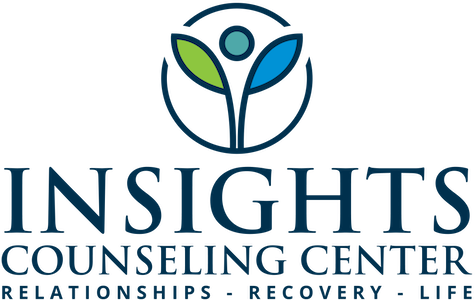Boundaries That Build Connection: Series Recap
7 Posts on the Limits That Strengthen Love
If you’ve been taught that boundaries are cold, selfish, or rejection in disguise—you’re not alone. Many of us grew up learning to go along to get along. To keep quiet. To stay close at any cost.
But here’s what this series has explored, again and again:
Boundaries aren’t what end relationships. They’re what make connection safe.
In a healthy relationship—romantic, familial, or professional—boundaries are not a threat. They’re a framework. A rhythm. A signal that says, “This is where I begin and where I invite you to meet me.”
As we close this series, here’s a quick summary of what we’ve covered—and a few gentle reflection prompts to help you take this deeper in your own life.
“Boundaries aren’t walls.
They’re the lines that protect closeness
and give love room to breathe.”
In Case You Missed One: Series at a Glance
Part 1: How Couples Can Stay Close Without Enmeshment
Boundaries help couples move toward each other without merging. They reduce resentment, increase emotional safety, and make space for both partners to belong fully in the relationship.
Part 2: The Healing Power of “No” After Betrayal
After betrayal, boundaries aren’t about punishment—they’re about protection. A betrayed partner’s limits help rebuild trust, dignity, and self-worth.
Part 3: Sobriety, Self-Respect, and Relational Safety in Recovery
In sex addiction recovery, boundaries create the structure that protects change. They turn intention into action—and integrity into daily practice.
Part 4: Assertiveness in Gottman-Based Work
Using skills like DEAR MAN, couples can express needs clearly and respectfully. Assertiveness brings boundaries from the inside out into shared understanding.
Part 5: Boundary Ruptures and Repairs in Attachment Work
In Emotionally Focused Therapy, emotional boundaries are the edges of safety. Repair happens when partners honor each other’s emotional thresholds without retreat or override.
Part 6: Holding Limits Without Power Struggles with Teens
Boundaries with teens aren’t about control—they’re about steady structure that supports growth, responsibility, and respect on both sides of the relationship.
Part 7: Boundaries in Enmeshed or Chaotic Families
When the family system has no edges, therapy helps build a pattern where each member has space to be seen, separate, and still belong.
Journaling (Choose the Ones You Want)
Pick the prompt or prompts that feel most accessible to you.
– What’s one relationship in my life where a boundary helped me feel more connected, not less?
– When I’ve said “yes” at the cost of my peace, what did I learn about my needs?
– Where am I holding a silent boundary—and what would it sound like to speak it?
– What boundary do I want to set not out of anger, but out of alignment?
– How can I honor someone else’s boundary, even when it’s hard?
Boundaries Are a Form of Love
When done with clarity and care, boundaries say:
I want this connection to last. And I know the only way it will is if we can be honest about what helps us stay grounded inside it.
If you’re struggling to name, hold, or respect boundaries in any area of your life, our therapists are here to help. You don’t have to figure this out alone. And you don’t have to choose between closeness and clarity.
There’s room for both. That’s what boundaries are for.

